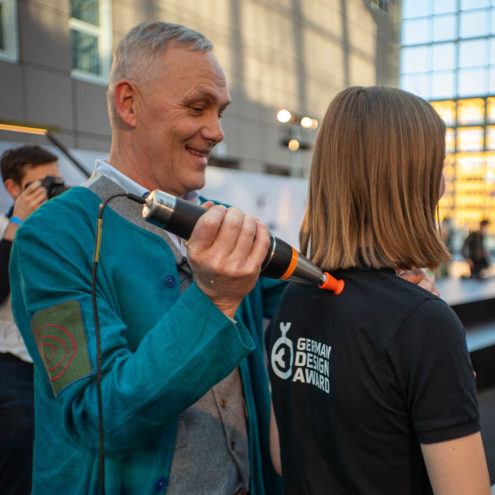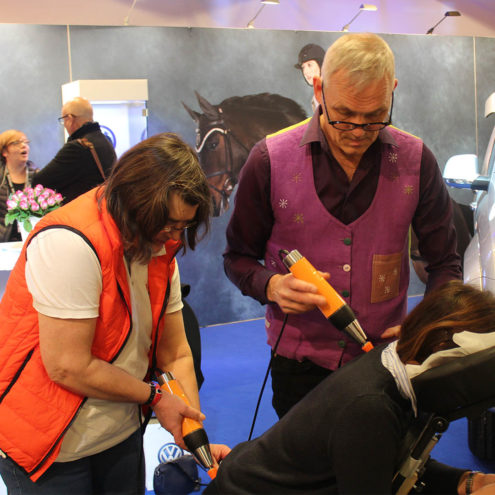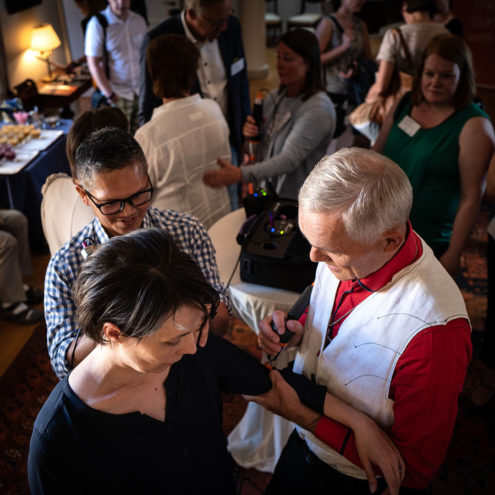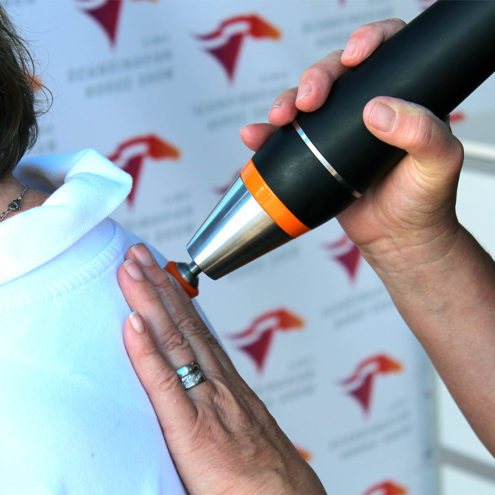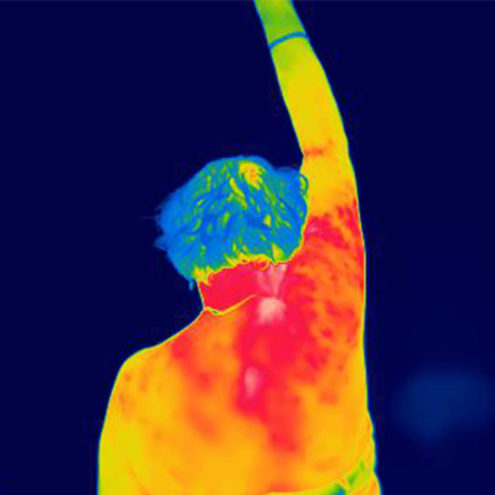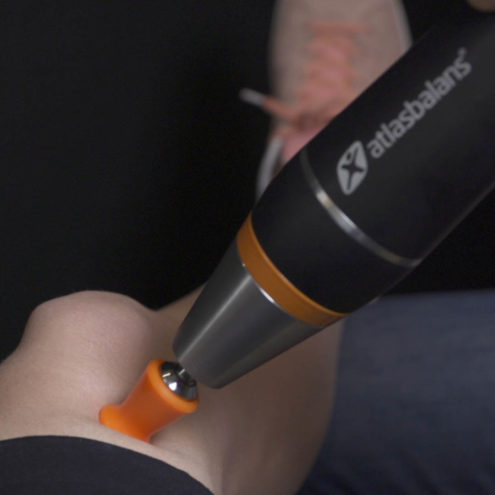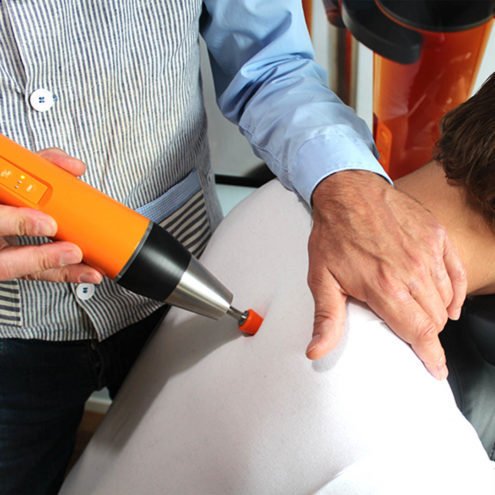How to tape your knee for pain relief and support
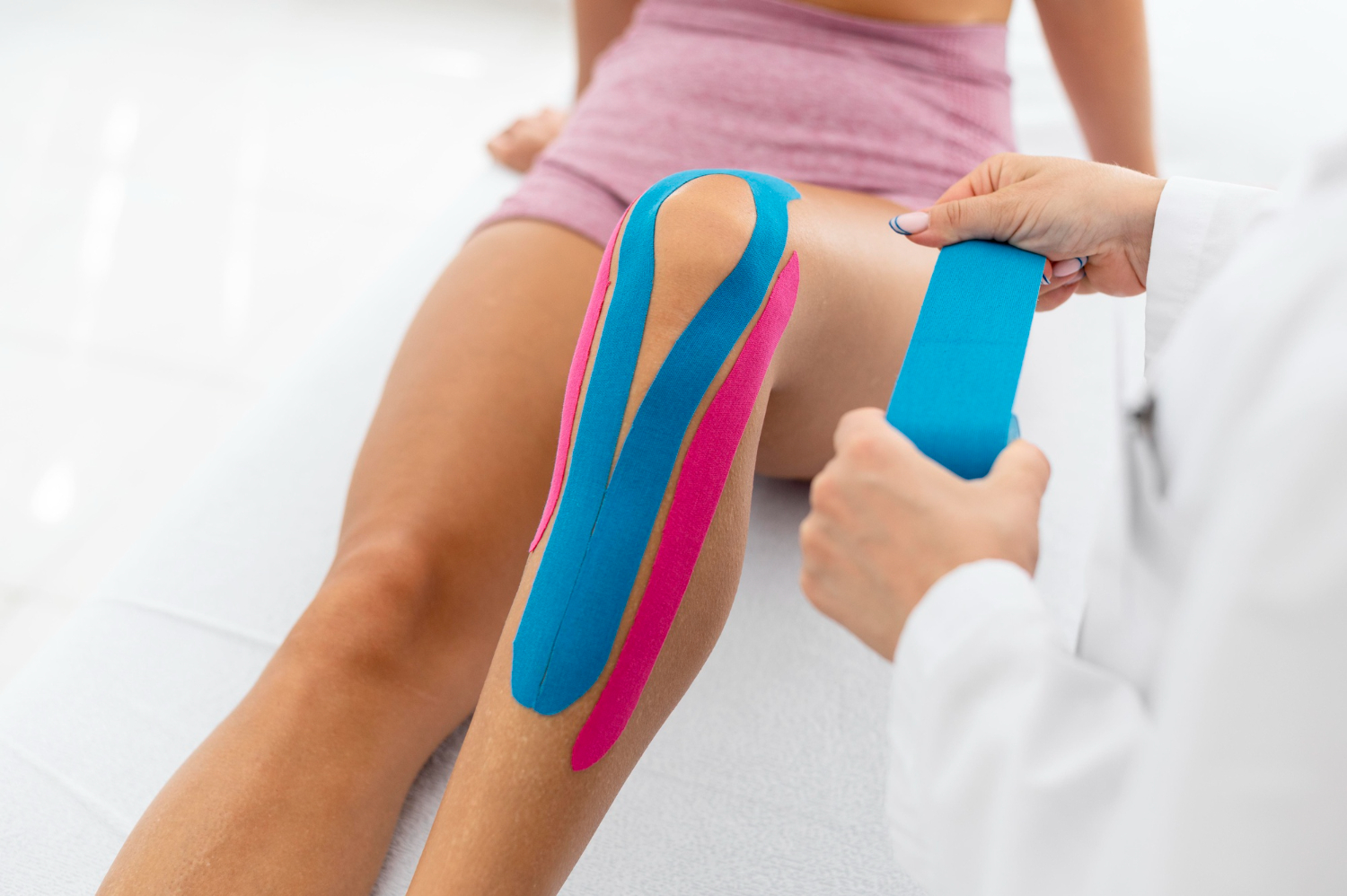
Knee taping is a well-known method that can provide both pain relief and support for many knee problems. At FasciaClinics, we are dedicated to providing you with the information and help you need to manage your knee problem effectively.
What is knee taping?
Definition and basic principles
Knee taping is a technique that involves applying a special tape directly to the skin surrounding the knee joint. Taping supports the muscles, ligaments and other structures around the knee joint, making the knee joint more stable, so pain can be relieved and range of motion can be improved. Taping the knee joint can also prevent further injury.
Why do you experience pain in the knee?
Causes of knee pain
Knee pain can be caused by a variety of factors, including but not limited to overuse, acute injuries, chronic conditions or biomechanical problems. Also, previous injuries, obesity and heredity can all contribute to knee problems.
Specific conditions such as runner’s knee, collateral ligament injuries
Runner’s knee, also known as ITB syndrome, and collateral ligament injuries are common examples of pain conditions that can affect the knee joint. These injuries usually occur from repetitive movements where the structures are gradually overloaded or direct trauma to the structures.
Taping techniques for various knee problems
General knee taping
This basic technique aims to provide a general support around the whole knee, which is useful for a variety of conditions and symptoms. It can help stabilize the knee during movement and relieve congested areas.
Runner’s Knee/Iliotibial Band Syndrome (ITB Syndrome)
Taping techniques specifically designed for runners’ knee aim to reduce pressure and friction on the iliotibial band, which can help reduce pain and inflammation associated with this condition.
Collateral ligament taping
Specific taping techniques for collateral ligament disorders focus on providing extra support and limiting unnecessary lateral movement of the knee, helping to protect against further injury and facilitate healing.
Patellar taping
Patellar taping/McConell taping aims to correct an altered kneecap motion path. It enables the individual to participate in daily activities without pain, as well as support and protect the collateral ligaments of the knee joint in case of injury or weakness.
What does the pain indicate?
Pain inside knee: Meniscus and ligaments
Pain on the inside of the knee can be a sign of damage or problems with the inner meniscus or the inner ligaments. Injuries to the inner meniscus very often lead to injuries to the inner collateral ligament as well. These two structures are interwoven with each other, including collagen threads.
Sore Outside Knee: Runner’s Knee and Meniscus Injuries
Pain on the outside of the knee is often related to runner’s knee or damage to the outer meniscus. This type of pain is particularly common in athletes and can be aggravated by certain activities such as running or cycling.
Sore back knee: circulatory causes
Pain in the back of the knee can sometimes be linked to circulatory problems, such as a Baker’s cyst, or conditions affecting the hamstring muscles or other surrounding muscles and tissues.
Symptoms that taping can alleviate
Pain with specific movements
By offering support and stability, taping can help relieve pain associated with specific movements such as bending, twisting or stretching the knee.
Prevention of further damage
Supporting the injured or weak area by taping can help prevent further injury, especially during physical activity or exercise.
How we can help you
At FasciaClinics, we offer customized advice and treatment plans that include taping techniques tailored to your specific needs. Our experts can show you how to apply tape correctly to maximize its pain-relieving and supportive effects. Beyond taping, we offer a range of treatments and strategies to help you manage your knee pain, improve your mobility and support your overall recovery.
 Search
Search


